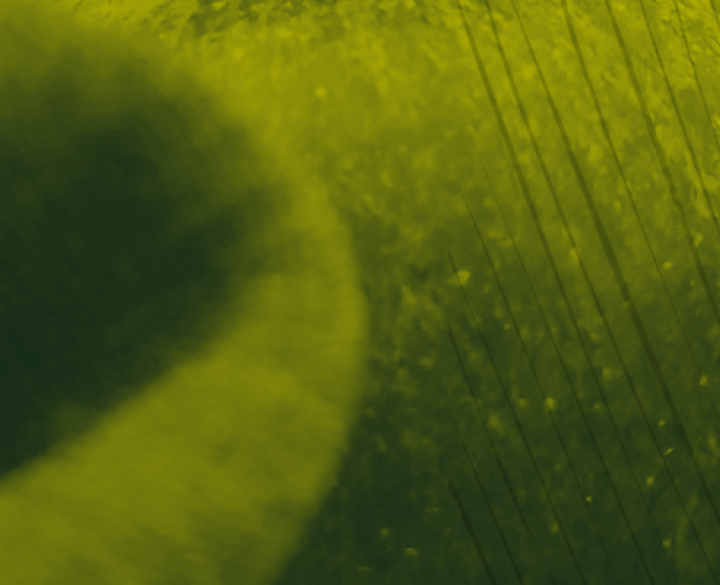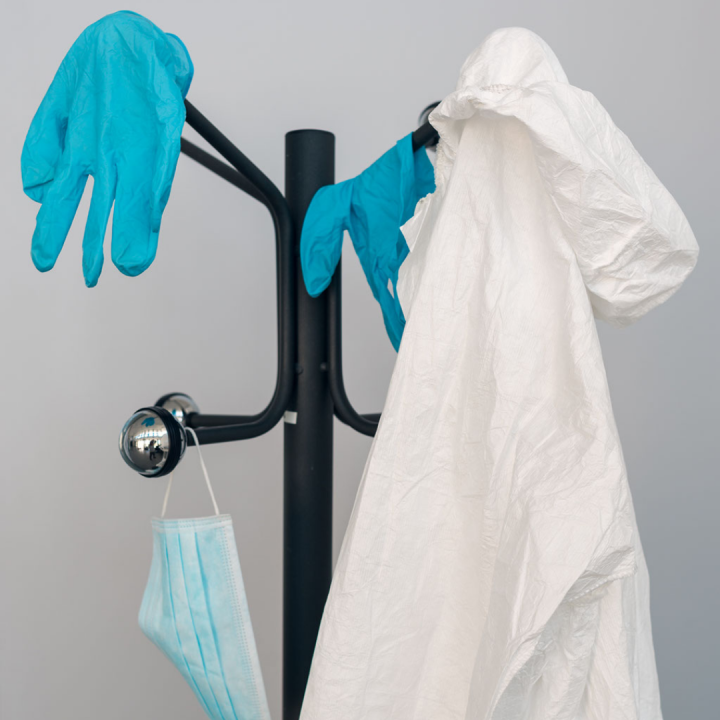Some products may be intended to be used both as a personal protective equipment and as a medical device. These products are thus serving a double purpose.
Products with a medical purpose in the patient environment are medical devices (MD), but as they may also be designed to provide protection to the user, they can fall into the definition of personal protective equipment (PPE).
Some examples of dual-use products: gloves, facemasks, glasses or goggles, hearing aids.
The objectives of both regulations are quite distinct.
The aim of the MD Regulation is that the device does not compromise the clinical condition and safety of the patient, the safety and health of the user and of other persons. The PPE Regulation on the other hand aims at the protection of the safety and health of the users against external risks.
When a manufacturer claims a double purpose (MD and PPE) for a product, it is covered by the MD Regulation and must comply with the legal requirements of this legislation. In addition, they must meet the relevant basic health and safety requirements of the PPE Regulation.
For example, information details which are specific to PPE may need to be supplied by the manufacturer in accordance with the relevant requirement of the PPE Regulation.
Because of the added protective function, more PPE related requirements applicable to either specific classes or types of products or particular risks may apply. For example when a mask or other equipment shall protect the user against the transmission of infections, the essential requirement 3.10 regarding protection against substances and mixtures which are hazardous to health and against harmful biological agents of the PPE Regulation may need to be fulfilled.
The manufacturer must decide on a case-by-case basis which requirements of both MD and PPE regulations are applicable to his product considering its specific intended purpose.
In case of simultaneous application of two or more regulations the product must undergo the conformity assessment procedures according to all applicable regulations. This prevents for example that if in some cases a device, when placed on the market only as a PPE would be subject to an assessment by a Notified Body but would be subject to self-certification when it is also to be used as a medical device.
This can be illustrated by the example of a respiratory mask for healthcare professionals for which the manufacturer claims that it protects the user against mortal danger or serious and irreversible harm to health and would be subject to one of the conformity assessment procedures set out in Article 19 of the PPE Regulation which requires the involvement of a Notified Body designated under the PPE Regulation while as a medical device it would fall in class I and would be subject to self-certification.
One way to assist manufacturers of such dual-use products in their efforts to correctly bring them to the EU market is the development of ‘combined’ standards supporting multiple legislations with a set of clauses aiming at covering the respective applicable legal requirements.
An example of such an effort is the development of a standard for self and third-party respiratory protection devices against infections.





